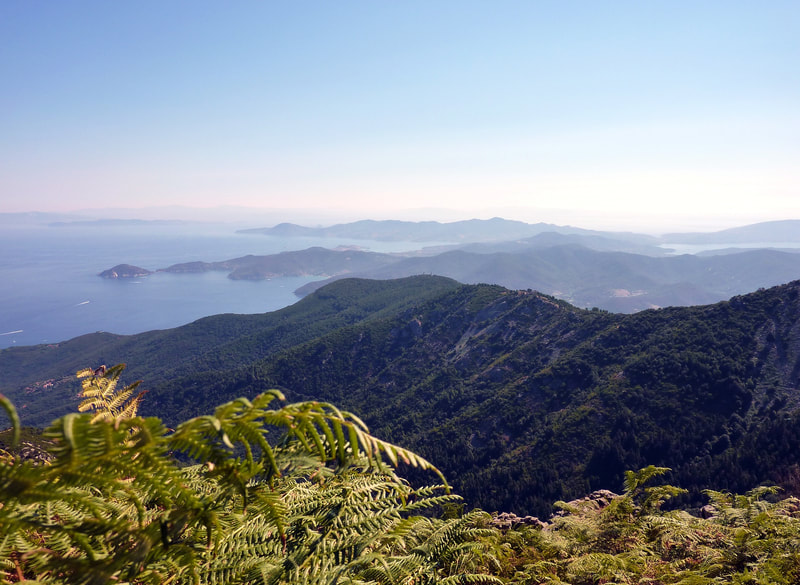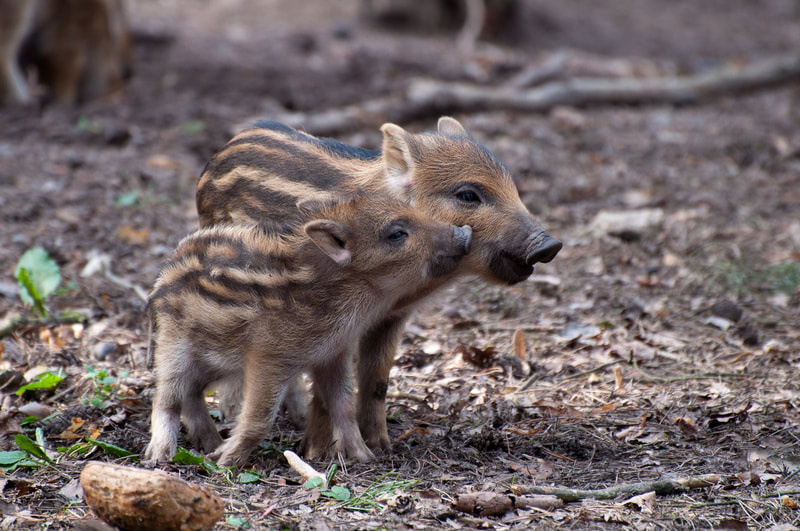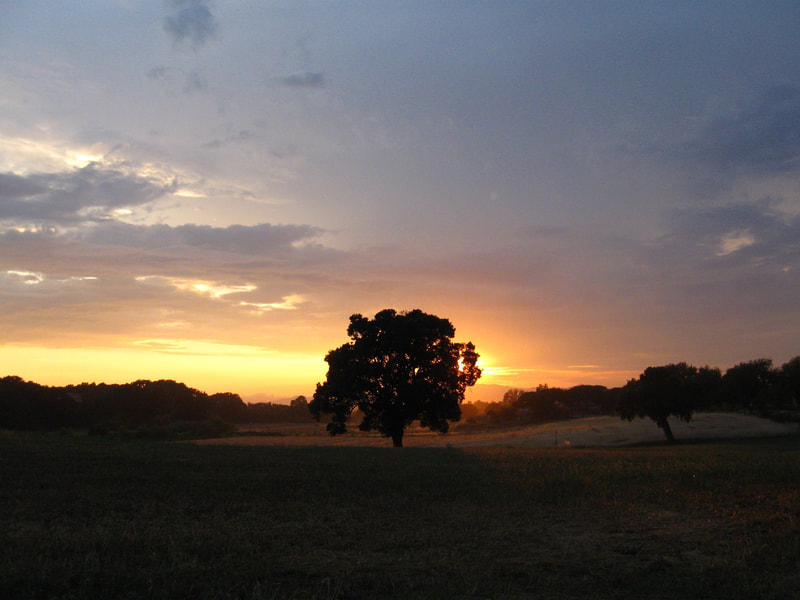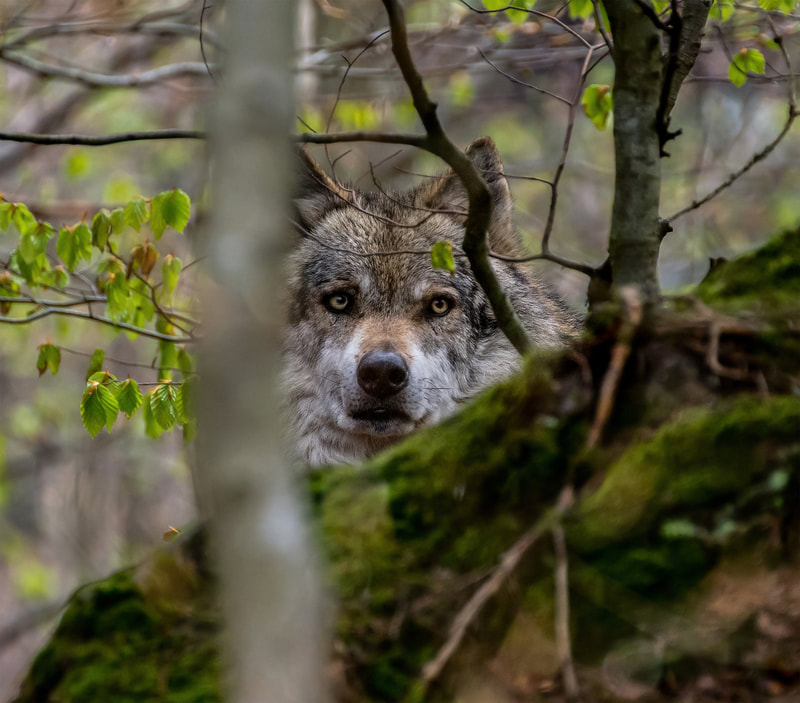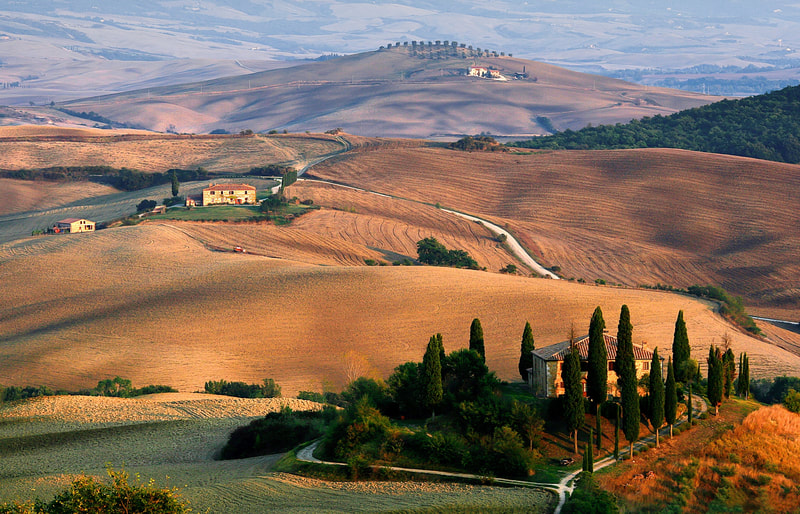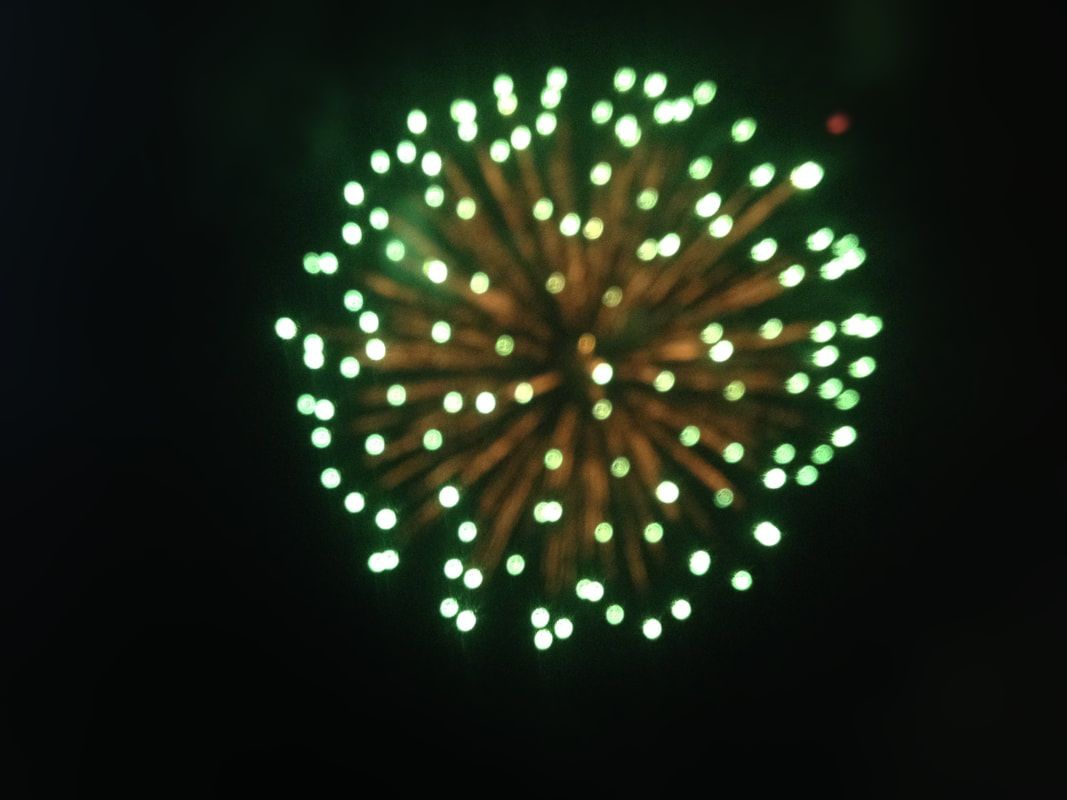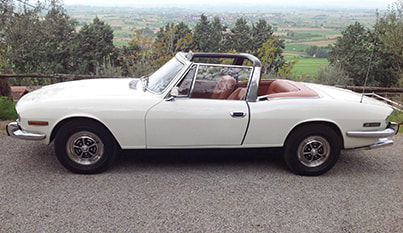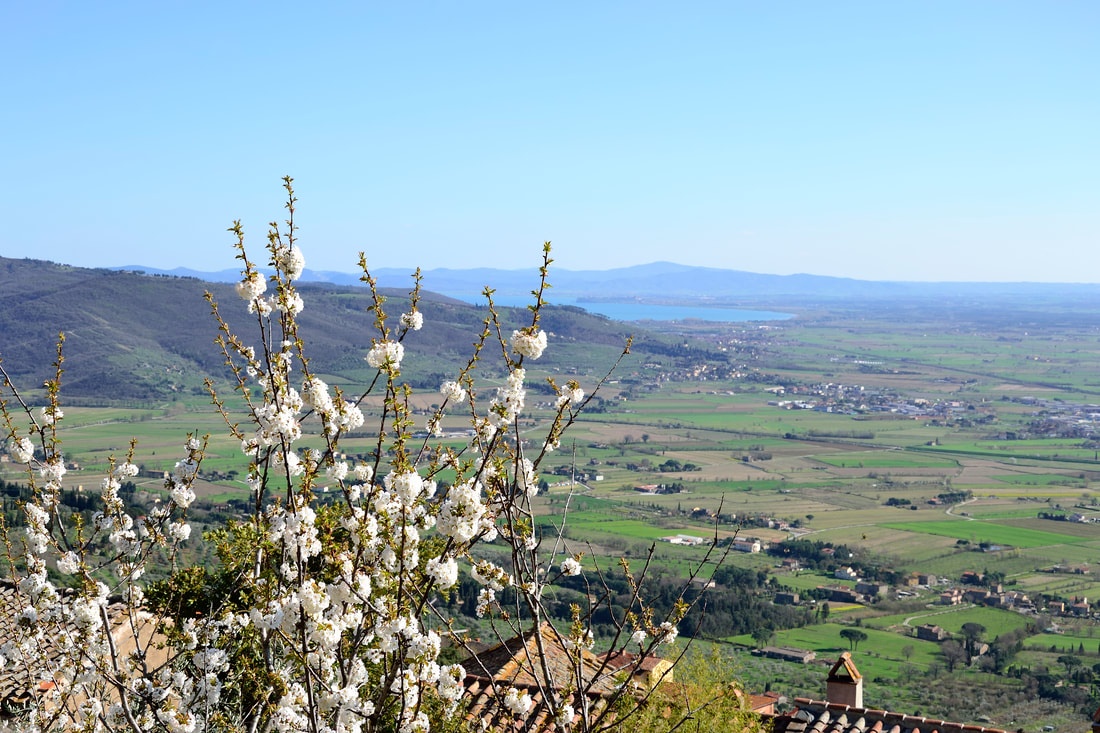|
The hot sun and long, warm days have encouraged a surprising diversity of wildlife to inhabit Tuscany. Tuscany’s national parks, wildlife reserves, mountains and vast woodland areas provide a habitat for wildlife to flourish. Not many people realise that Tuscany has some fantastic local wildlife to see. Deep in the Tuscan countryside you may come across European animals such as hare, deer, porcupines, badgers, dormice, red foxes, pheasants, wolves, and even wild boar.
Tuscany is also a great place to go bird watching. A wide range of beautiful birds can be spotted throughout the region. Bird-watching enthusiasts should head to the mountains and marshlands to see birds such as the tawny owl, herons, ring ouzel and the rare glossy ibis. In Tuscany there are a lot of National Parks you can visit. Feel free to ask us for any advise or to assist you planning your trip. We can provide ta self guided itinerary or a driver or even a experienced trekking guide. Send your inquiries to: [email protected] Parco Nazionale delle Foreste Casentinesi, Monte Falterona e Campigna: covers an area of about 36.000 hectars along the Tuscan-Romagna Appennino ridge. Here you can find a great variety of animals (deer, wild boar, mouflon, wolves etc..) and around 97 different species of birds. Parco dell’Arcipelago Toscano: the seven island of Tuscan Archipelago (Isola d’Elba, Isola del Giglio, Capraia, Montecristo, Giannutri, Gorgona and some of the minor islands and rock outcrops) are located between the Ligurian Sea and Thyrrenian sea, in the Mediterranea Sea and covers an area of 56.776 hectares of sea and 17.887 hectares of island. Archipelago Toscano National Park it is the largest marine park in Europeand with his butterflies, crickets, lizards, birds and even whales typical of the Mediterranean ecosystem and due to its considerable wealth of plankton, during the summer months you can observe whales of all species including fin whales (Balaenoptera physalus), sperm whales (Physeter catodon), pilot whales (long-finned pilot whale), Risso’s dolphins (Grampus griseus), bottlenose dolphins (Tursiops truncatus), zifi (Ziphys cavirostris) and common dolphins (Delphinus DELPHY) Parco Nazionale dell’Appennino Tosco-Emiliano: consists of a striking stretch of the Apennine Mountains surrounded by forests, in an extraordinary geographical position between Cisa and Forbici Passes, the forest ridges separating Tuscany from Emilia and hosting 70% of the species present in the entire country of Italy. Parco della Maremma: the Maremma Regional Park is located in Southern Tuscany, stretches along 25 km of breathtaking coastline (from Principina a mare to Talamone) surrounded by marshland, pinewood forests, tilled land and pastures. Here you can find maremma wild boar, maremmana cow, osprey, wild cats and wild deer, wild cats and martens. The Maremma National Park is an important area for many waterfowl species and home of over 270 species of birds. Parco delle Alpi Apuane: the Regional Park of the Alps includes the entire mountain range that extends in the north-west / south-east direction, an area of about 1080 square kilometers in the northwestern corner of Tuscany. The park includes a great variety of mountain and hill environments and the famous white marble quarries. Among the intelligent predators in the area is the imperial crow. At higher altitudes, the chough is distinguished by its characteristic red beak, which has become the symbol of the Park. Parco Regionale Migliarino San Rossore Massaciuccoli: Migliarino San Rossore Massaciuccoli Regional Park it is located near the northern Tyrrhenian Sea coastal area. It covers approximately 24,000 hectares of the coast from Viareggio and Livorno and also includes Lake Massaciuccoli the fires of the Serchio, Arno and Fiume Morto rivers, the former presidential estate of San Rossore, the forests of Tombolo, Migliarino and Macchia Lucchese, and manages the Secche della Meloria marine protected area. Here live insects, deer, wild boar and over 100 species of birds.
1 Comment
Italy has several public holidays during the course of the year when most activities are closed, except restaurants, coffee bars, some stores, fuel stations on the highways and 24 – hour cash dispensers (for fuel or for bank notes).
Plan your day trips and shopping expeditions with these dates in mind. January 1 – – New Year’s Day January 6 – – Epiphany Easter: variable day (in the 2020 will be April 12) Easter Monday: variable day (it is always the day after Easter) April 25 – – Liberation Day May 1 – – May/Labor Day June 2 – – Anniversary of the Republic August 15 – – Assumption Day November 1 – – All Saints’ Day December 8 – – Feast of the Immaculate Conception December 25 – – Christmas December 26 – – St. Stephen’s Day (Boxing Day) All Sundays: in Italy Sunday is always a festivity day Fest of the Patron: a public holiday established by each municipality for its own territory to celebrate the saint who was the patron saint of the city. We suggest you to check the opening time of supermarkets: in Cortona town center usually they are open during the morning of public holiday but not in the afternoon (also the same in the Sunday). During all the year and public holiday check the opening/closing time in Sunday for the big supermarkets around Cortona, most of these are closed for lunch time or afternoon and all the day during public holiday.
Check your directions and the map prior to setting out on your trip, and, use a passenger in the car as a navigator to assist you or a navigation system. On country roads, you will find that slower moving trucks frequently impede the flow of traffic. Exercise due caution as you try to get around these trucks. Clients are advised to respect speed limits, particularly in and near towns and villages, as local authorities have been installing speed cameras in the last several years. In built up areas, the speed limit, unless otherwise posted, is 70/50/40 kilometers per hour.
On the motorway (autostrada) the speed limit is 130 km per hour. On the highway (superstrada) instead it’s 110 km/90 km per hour. Drivers also should pay particular attention to road signs in urban areas. Many cities and towns have restricted areas in their centers where driving is authorized only to local inhabitants or to individuals destined for a hotel in the restricted zone. Drivers should pay careful attention to posted signs and be careful not to enter zones of limited traffic, which are marked by signs “ZTL”, since in some cities and towns there are cameras in place that catch violators. For any details about driving in Italy we recommend to visit the link of ACI (Automobile Club of Italy), where you can find all the rules to drive in Italy (english version): http://www.aci.it/laci/driving-in-italy/driving-in-italy-information-for-visiting-motorists.html
Italy generally has four seasons. The spring and the fall are usually very pleasant for traveling. Winters and summers are generally neither as cold nor as hot as the extreme. In the months of July and August, hot weather can be expected, but in the evenings it is generally cooler with gentle breezes that make life comfortable. If travelers are contemplating a winter rental, it is important that they arrange to take a property that has adequate heating. Heating is quite expensive in Italy and heating and fireplace wood are virtually always charged as extras based either on consumption or on a daily/weekly rate established by the owner. Also air condition usually it is an extra fee to pay.
|

